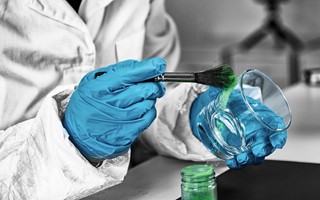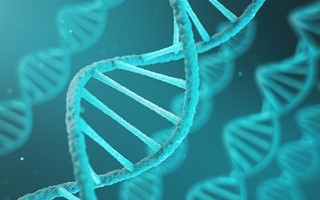News March 21, 2024
Introduction to Diatom Analysis in Forensic Science
Diatom analysis has emerged as a pivotal tool in forensic science, tracing its origins back to the late 1960s. This technique, often overlooked in the past, has seen a resurgence, cementing its place as a significant method in forensic investigations. It's a field that intertwines biology with criminology, offering unique insights in a range of cases, particularly in understanding drowning incidents. The evolution of diatom analysis reflects the dynamic nature of forensic science, adapting and improving with technological advancements and scientific understanding.
In this article, we will be exploring different cases and how diatoms play a significant role in the criminal investigation, including:
- Determining the cause of death
- Drowning cases
- Determining or excluding an environment
- Linking a subject to a crime scene
- Cold cases involving an environment reconstruction.
Understanding Diatoms and its Forensic Significance
Diatoms are a type of microalgae, predominantly found in aquatic environments such as oceans, rivers, lakes, and even in soil. These microscopic organisms are not just diverse in species but also in their habitat preferences, making them excellent ecological indicators. In forensic science, the presence and type of diatoms in water or soil samples can be pivotal. For instance, finding marine diatoms in a sample from a freshwater location can be a critical discrepancy in an investigation. This aspect of diatom analysis is particularly useful in determining the environment to which a subject was exposed, offering crucial evidence in cases like drowning or body disposal.
Diatom Analysis in Investigating Drowning Cases
Diatom analysis plays a crucial role in forensic investigations, especially in cases of suspected drowning. This technique involves examining the presence and type of diatoms in organ tissues and comparing them with water samples from the suspected drowning site. The core challenge lies in establishing a definitive link between the diatoms found in the body and the environment, which often requires meticulous analysis and interpretation. The complexity of this task is heightened by the diverse nature of diatom species and their varying concentrations in different water bodies. Despite these challenges, diatom analysis has proved instrumental in corroborating other findings in drowning cases and is key in confirming many drowning cases.
A notable application of diatom analysis emerged in a recent murder case. In this instance, diatom samples were recovered and analysed to ascertain the circumstances surrounding the victim's death. This crucial piece of evidence aimed to shed light on whether the individual had drowned or if the body had been placed in the water post-mortem. The ability of diatom analysis to provide such detailed information makes it a key tool in forensic investigations, offering a path to uncovering the truth.
Comparative Analysis with other Forensic Methods
Diatom analysis in forensic ecology is often likened to DNA analysis due to its pattern-matching approach. While DNA analysis involves molecular pattern matching, diatom analysis is based on visual pattern recognition. This method compares the pattern of diatoms found in environmental samples with those discovered in human tissues or materials associated with a suspect, such as soil from a vehicle.
A notable example involved linking a suspect to a crime scene in a woodland area. Investigators analysed the wet soil diatoms found in the suspect's vehicle and compared them with those at the crime scene. The match was a critical piece of evidence, strengthening the case against the suspect.
This similarity in methodological approach underscores diatom analysis as a complementary forensic tool, offering a unique perspective in investigations where traditional methods might not yield definitive results.
Challenges and Ethical Considerations
The use of diatom analysis, particularly involving human tissues, brings forth ethical and logistical challenges. Under the Human Tissue Act 2004, there are stringent regulations for handling human biological material, raising questions about the applicability of this act in forensic contexts.
However, in ongoing investigations, forensic diatom analysis is conducted within legal frameworks, bypassing the need for compliance with certain aspects of this Act. For example, Forensic Access holds a Human Tissue Authority licence which allows our Diatoms Experts to remove, store and use human tissue for criminal investigations.
Despite this, forensic experts must navigate these ethical waters carefully, ensuring that their methods are both legally and morally sound.
Advancements and Future Potential in Cold Cases
Diatom analysis has shown immense potential in cold case investigations. Recently, a breakthrough was achieved in a case dating back thirty years, where diatom analysis was applied to clothing items. The resilience of diatoms allows them to persist in various environments over extended periods, making them invaluable in such cases. By analysing the diatom patterns, forensic scientists can reconstruct past environmental conditions, offering new insights into long-unsolved cases. This durability and the ability to provide historical ecological data make diatom analysis a 'golden' tool in forensic ecology, particularly for cold case reviews.
Contact Forensic Access
Don't miss out on the evidential opportunities that diatom analysis can provide to your case. Work with our casework management team to effectively delegate, save time and strengthen your forensic investigation or criminal defence strategy. Contact us at science@forensic-access.co.uk or (+44) 1235 774870.


